Vinyl windows icing up...
pjb999
17 years ago
Related Stories
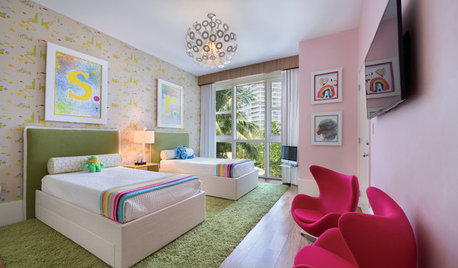
COLORSummer Color Combos: 8 Refreshing Ice Cream Palettes
July 19 is National Ice Cream Day, so scoop up these delectable combinations for sumptuous interiors
Full Story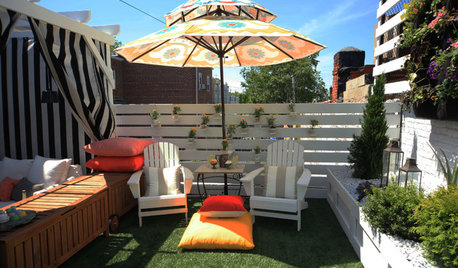
EDIBLE GARDENSTake Refuge in an Iced Tea Garden
Cultivate the fine art of lounging in the shade and sipping a cold beverage
Full Story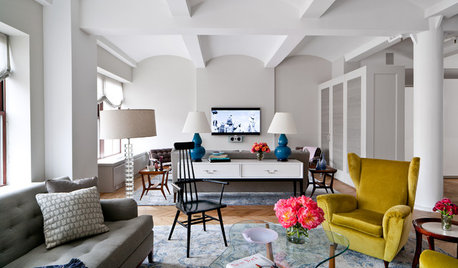
LIVING ROOMSRoom of the Day: Cool Style for Manhattan’s Ice House
Refined and informal blend beautifully for a condo that’s chic and approachable all at once
Full Story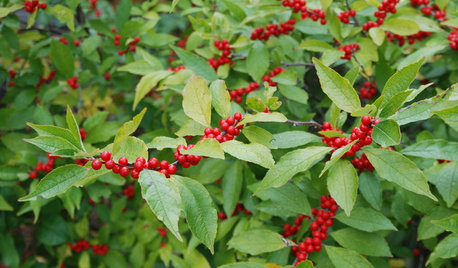
WINTER GARDENINGFire and Ice: 8 Plants That Blaze Once Frost Hits
Not everything in the garden sleeps in the cold — these plants rise and shine in fall and winter, bringing bright color to beat the blahs
Full Story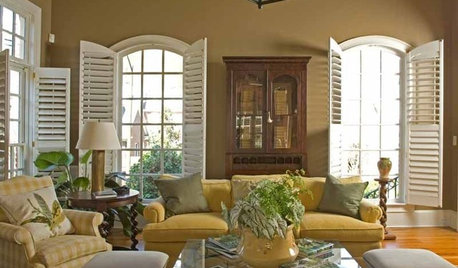
DECORATING GUIDES11 Shutters to Enhance Every Window
Vinyl in the bathroom, café style in the kitchen, clerestory in the living room — today's shutters are terrific for every room in the home
Full Story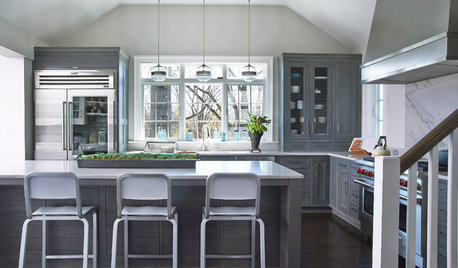
KITCHEN OF THE WEEKKitchen of the Week: Colonial Kitchen Opens Up to Scenic Views
A lack of counters and a small sink window motivate a New York couple to update their kitchen to add space for their busy family
Full Story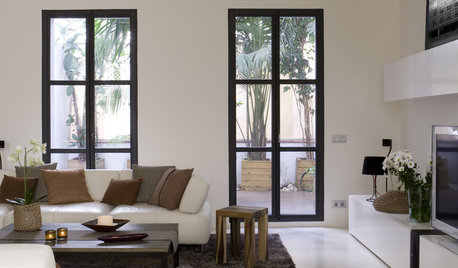
COLORWake Up Your Woodwork With Black
Strike a dramatic note with black window frames, shelves, stairs and more, making features stand out or blend in
Full Story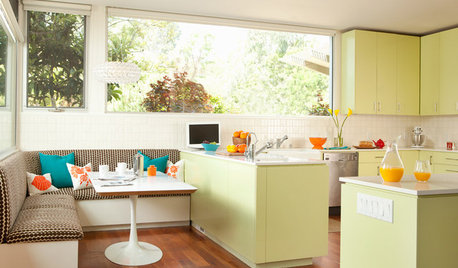
KITCHEN DESIGNBreakfast Nooks, Sunny Side Up
Banish early-morning darkness with a bright breakfast nook — even if a window is only in your dreams
Full Story
GARDENING AND LANDSCAPINGHow to Make a Pond
You can make an outdoor fish paradise of your own, for less than you might think. But you'll need this expert design wisdom
Full Story
BATHROOM DESIGNWarm Up Your Bathroom With Heated Floors
If your bathroom floor is leaving you cold, try warming up to an electric heating system
Full Story






tru_blue
pjb999Original Author
Related Professionals
Cocoa Beach Window Contractors · Sarasota Window Contractors · Spanaway Window Contractors · Westchester Window Contractors · East Patchogue Interior Designers & Decorators · Fitchburg General Contractors · Fort Pierce General Contractors · Halfway General Contractors · Newington General Contractors · Newington General Contractors · Wheaton General Contractors · Jamaica Plain Carpenters · Merced Carpenters · Roselle Park Carpenters · South Miami Carpenterspjb999Original Author
oberon476